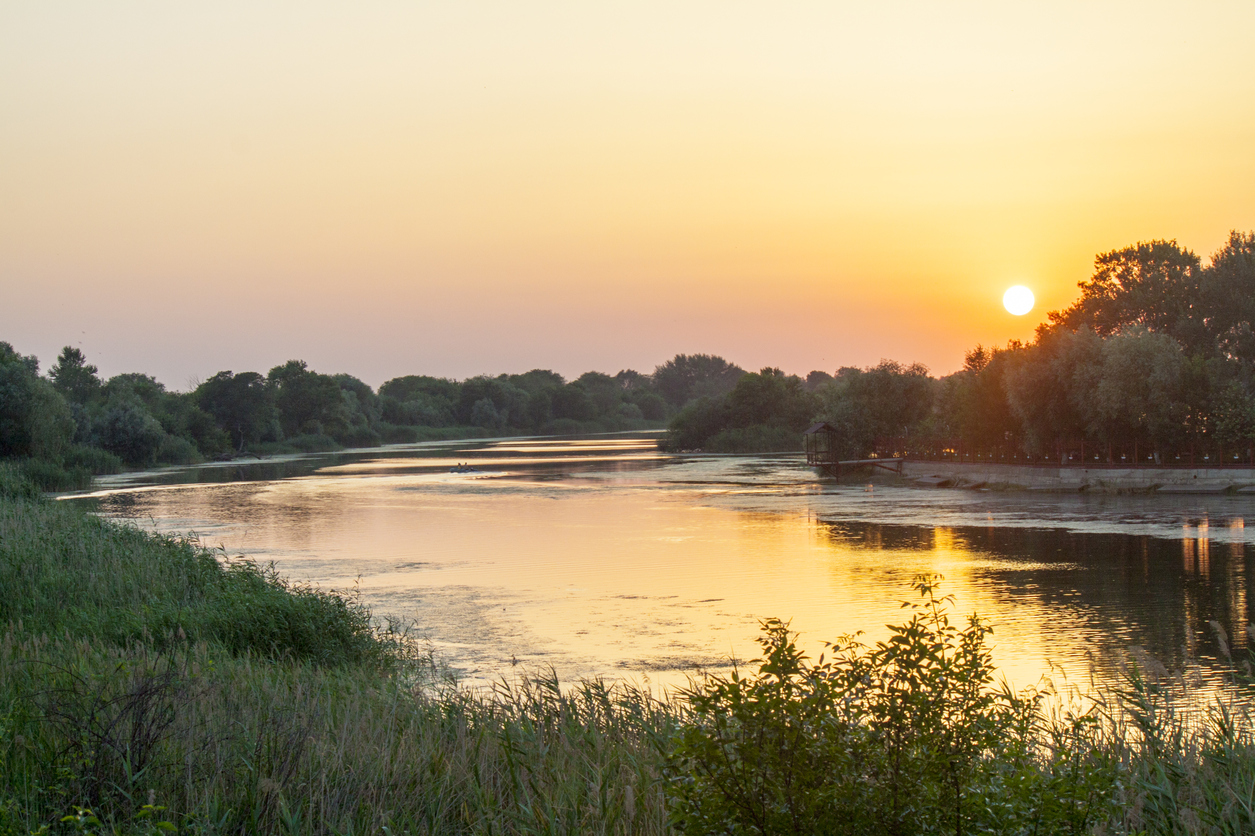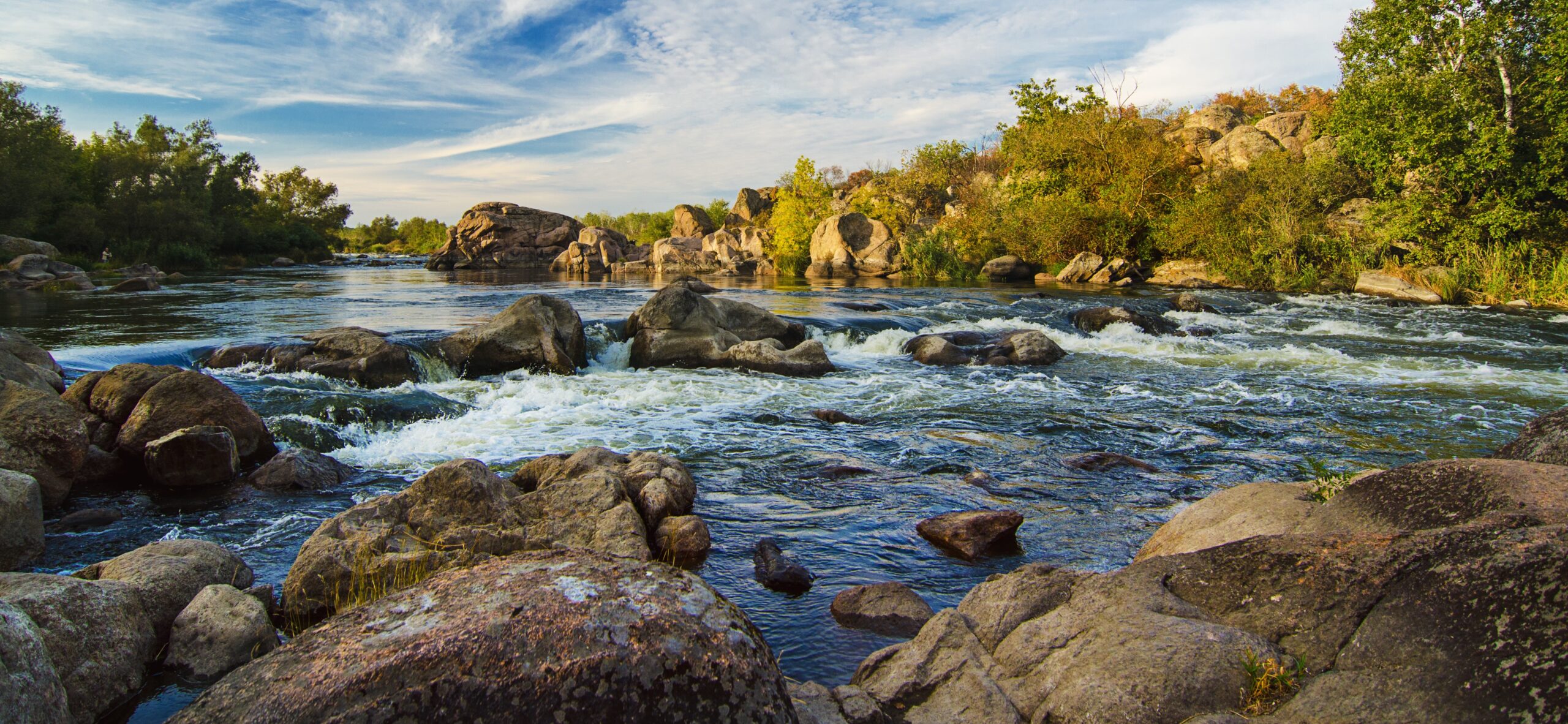
Fact Sheet
Infrastructure
Overview
As storm surges grow in frequency and strength, management of flooding and stormwater around the Mississippi River and Great Lakes has become vital in protecting regional communities. In response to these challenges, states have introduced legislation to maintain and strengthen built and natural infrastructure, and establish funding mechanisms to support these efforts.
Key Points
Key Point 1
Infrastructure can refer to both built systems like levees as well as natural systems like forests, farmland, and wetlands, which can help manage nutrient runoff as well as mitigate flooding. (Soil Science Society of America)
Key Point 2
Natural infrastructure is vital in terms of managing floods, reducing sedimentation, and filtering nutrients. In fact, natural infrastructure of the Mississippi River alone is valued at $12 to $47 billion in benefits to the economy annually. (Mississippi River Cities & Towns Initiative)
Key Point 3
Extreme weather events coupled with aging infrastructure has amounted to a huge regional and national economic burden. For example, infrastructure failure along the Mississippi River costs a daily average of over $300 million. (Mississippi River Cities & Towns Initiative)
Legislation
Michigan SB 756: Stormwater Utility Act (2018)
- Bipartisan bill that authorizes new layer of government and creates rain tax to manage runoff.
- Creates a new government entity that has the power to build and operate stormwater management systems and administer a “rain tax” to property owners based on the amount of impervious surfaces on their property.
Maryland HB 987: Stormwater Management – Watershed Protection and Restoration Program (2011)
- To improve health of Chesapeake Bay, bill requires Maryland counties and municipalities to adopt and implement laws to protect and restore watersheds.
- Programs must include monitoring/testing and a stormwater remediation fee. Funds from fee will help with maintaining and improving management systems as well as education and outreach around stormwater and wetlands restoration.
- Authorizes a general fund bond to ensure clean water, restore wetlands, create jobs, and create public infrastructure.
New York A06558: The Community Risk & Resiliency Act (2013)
- Requires state funds, regulations, and permits consider the effects of extreme weather events.
California SB 5: Central Valley Flood Protection Act (2008)
- Overhauled California’s Central Valley infrastructure to prepare for extreme flooding. This led to the 2012 Central Valley Flood Protection Plan, which developed management strategies including levees and wetlands/ecosystem restoration to protect high-risk communities.

Empower State Environmental Champions
Your donation funds the fight for equitable actions that protect the environment and our health.
Donate